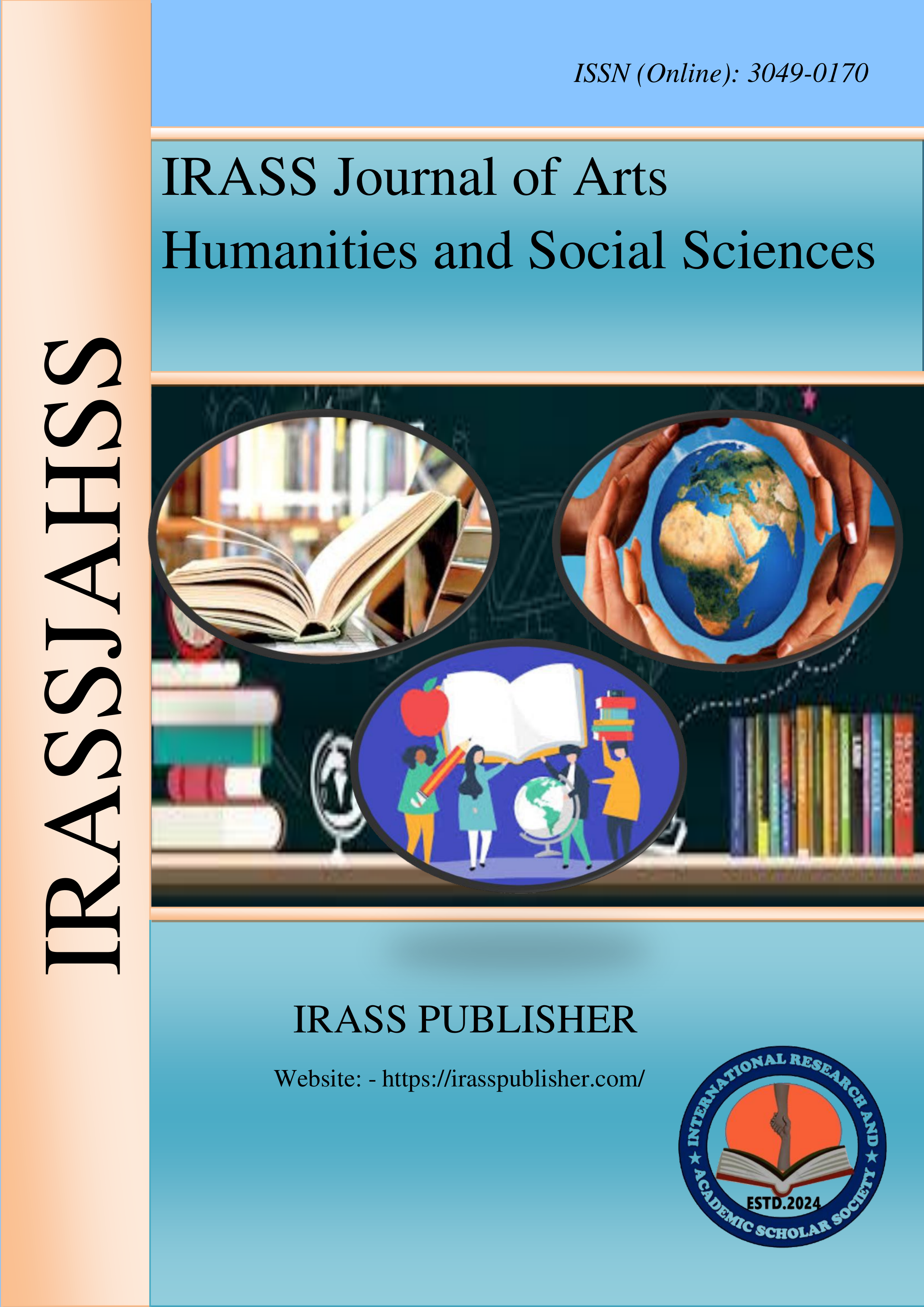The Effects of Plant Invasions on the Ruins of the Ancient Buddhist Monasteries of Lalmai Mainamati
Sr No:
Page No:
68-74
Language:
English
Authors:
Md. Abdul Momin* , Mohammad Shahidul Islam Chowdhury
Received:
2025-02-20
Accepted:
2025-03-02
Published Date:
2025-03-06
GoogleScholar:
Click here
Abstract:
Plant invasion has been identified as a significant challenge in conserving the LalmaiMainamati archaeological sites in Bangladesh. The main objective of this study is to determine
the extent of structural erosion caused by plant invasion and propose sustainable conservation
strategies. The study analyzed the growth patterns and extent of damage to important structures,
including Kutila Mura, Ananda Vihara, Bhoj Vihara, and Shalban Vihara. Field observations,
physical structure assessment, and moisture analysis revealed that algae, lichens, fungi, and tree
roots are causing extensive damage to the brickwork of the archaeological site. In particular, the
high moisture-holding capacity of the laterite-rich soil creates a conducive environment for the
growth of algae and fungi, which change the bricks' chemical composition and destroy the
structure's stability. Seasonal changes, significantly increasing moisture during the rainy season
and accumulating in winter, are accelerating the erosion of the archaeological site. In addition,
uncontrolled tourism and the ignorant actions of the local people are creating additional
challenges in conserving the archaeological site. The study recommends that regular monitoring,
mechanical removal of invasive plants, involvement of local people, and long-term
environmental assessment can ensure the sustainable conservation of the archaeological site. The results of this study will also set an essential precedent for preserving other archaeological sites in South Asia. Protecting the invaluable heritage of the archaeological site by preventing plant invasion is of great importance for future generations.
Keywords:
Plant invasions, cultural heritage, Preservation, Lalmai-Mainamati, Buddhist ruins, biodiversity, conservation.
Journal: IRASS Journal of Arts, Humanities and Social Sciences
ISSN(Online): 3049-0170
Publisher: IRASS Publisher
Frequency:
Monthly
Language:
English

